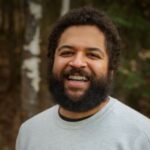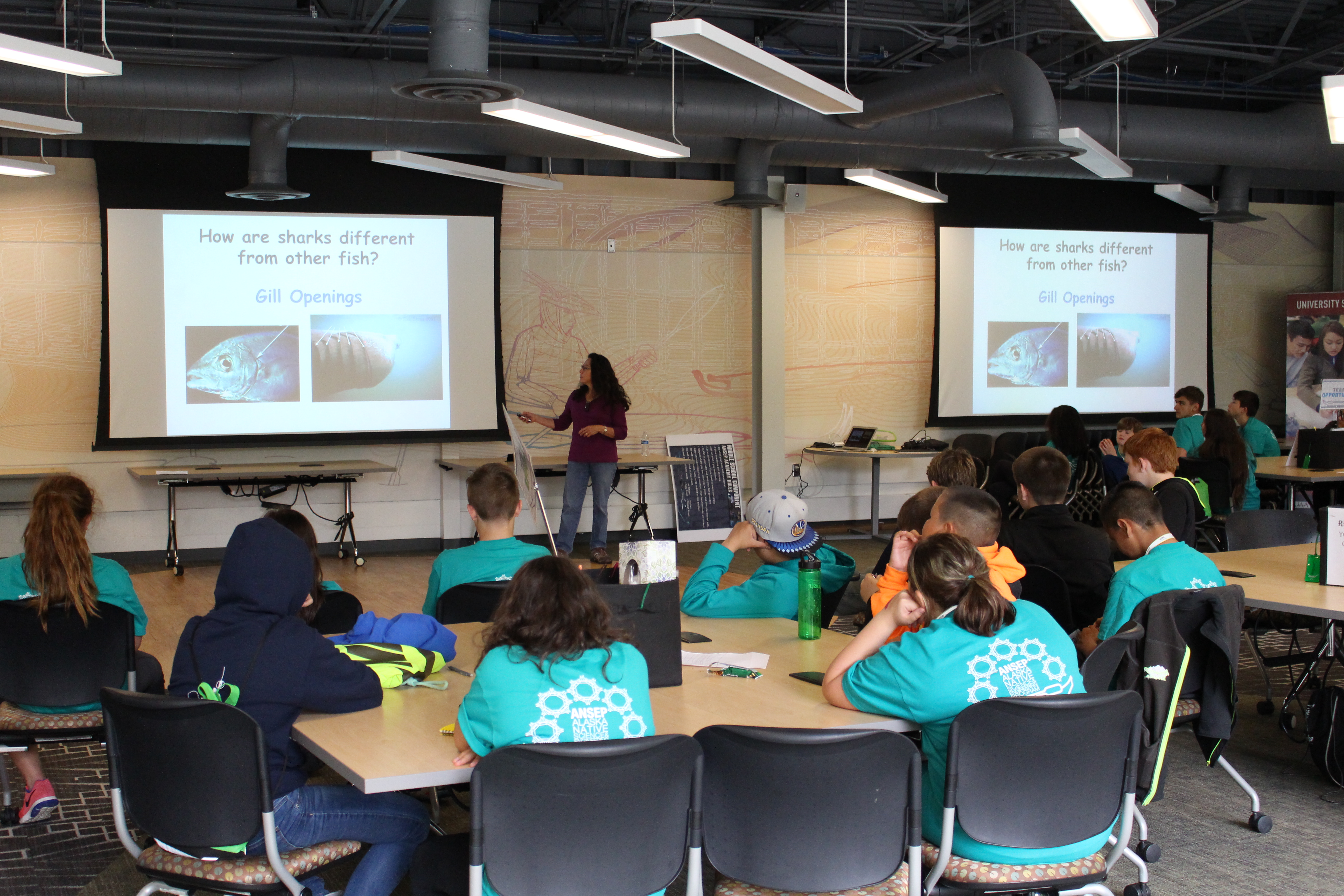
Last week, more than 50 students from the Alaska Native Science and Engineering Program participated in a Career Exploration program, delving into the realm of marine science. The week-long program was designed to introduce the students to marine biology.
Students from 22 communities across the state — from Scammon Bay to Soldotna — have spent the week learning about marine science, doing everything from tide pooling in Homer to watching sea otter dissections. One of ANSEP’s regional directors, Yosty Storms, said the whole process is to introduce the kids to a career field they may not know much about.
“So in marine biology, there’s just a whole bunch of things someone could do,” Storms said. “And that’s kinda the whole point of what we’re doing this week — is to kinda show the kids marine biology is huge and maybe you don’t like dissecting things, but maybe you like working in the lab, and there’s that option too.”
For those kids who do like dissecting things, they were in for a treat — dissecting sharks. The project began with Dr. Cheryl Wilga, the director of the biological sciences department at UAA, presenting what she called “shark mythbusting.”
“So there’s a lot of misconceptions about sharks in the oceans today, and what people think about them,” Wilga said. “And so I like to bust them, and bring them the truth so that they can understand more about these incredible creatures that we have in the ocean.”
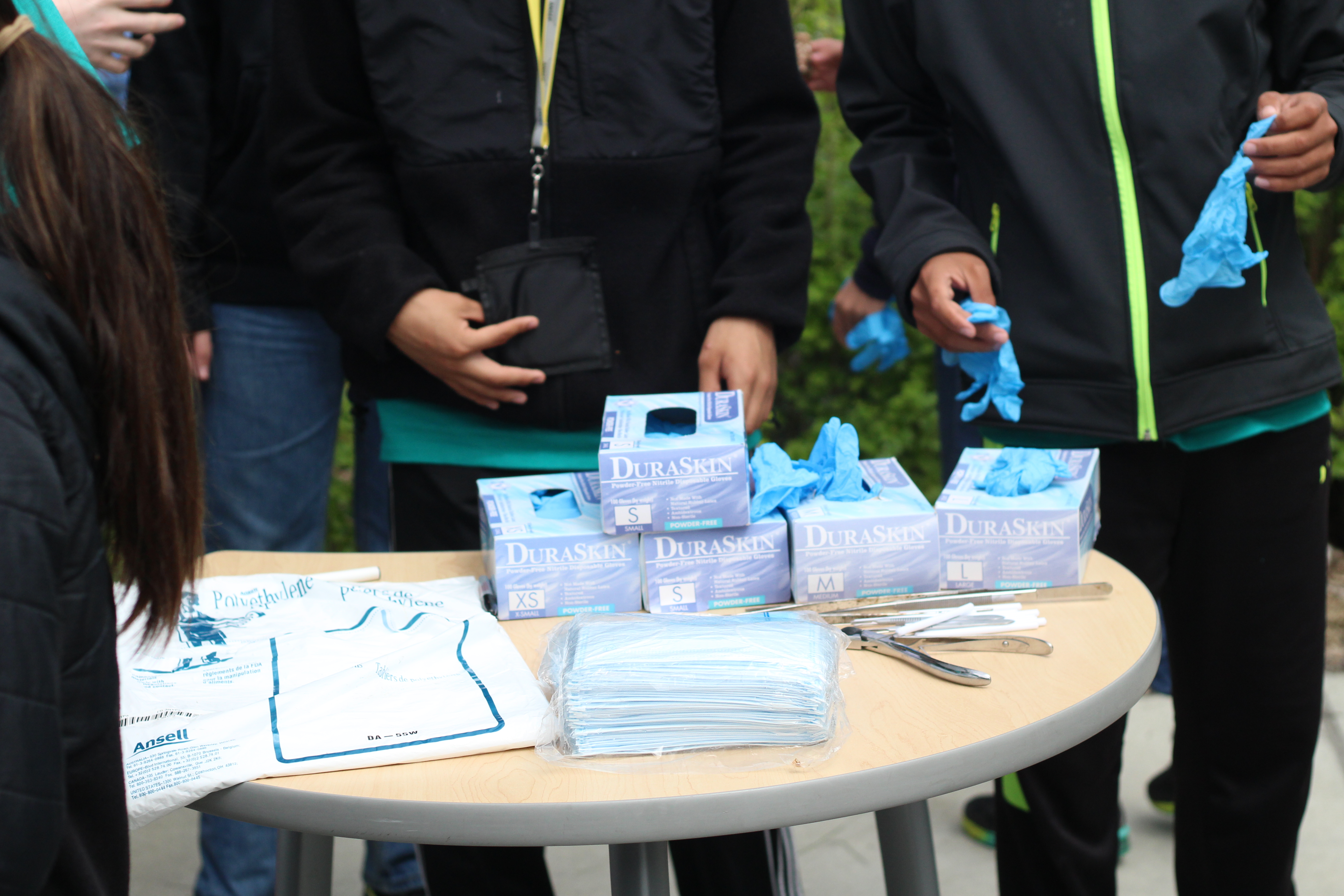
For example, Wilga explained that sharks have been around longer than people, and some eat with suction and some gulp down several fish at a time. Most of the more famous ones don’t eat their prey whole — opting to take a bite at a time — contradicting misconceptions the students may have had about how bloodthirsty sharks actually are.
Outside the building ANSEP workers are prepping for the day’s main event. They plopped spiny dogfish sharks onto various tables as well as an assortment of other members of the shark family.
“So these are all different shark species,” one of the workers said. “You can see the mako shark that she was talking about and then the thresher. And it’s just the head.”
They’re wearing gloves to avoid the creatures’ guts and sharp spines. There’s nothing out in the open that’s poisonous, but that spines could prick unprotected hands.
“And the baby stingray which we have floating around in a plastic bag — it definitely has that little sticker coming out of its tail,” the worker said.
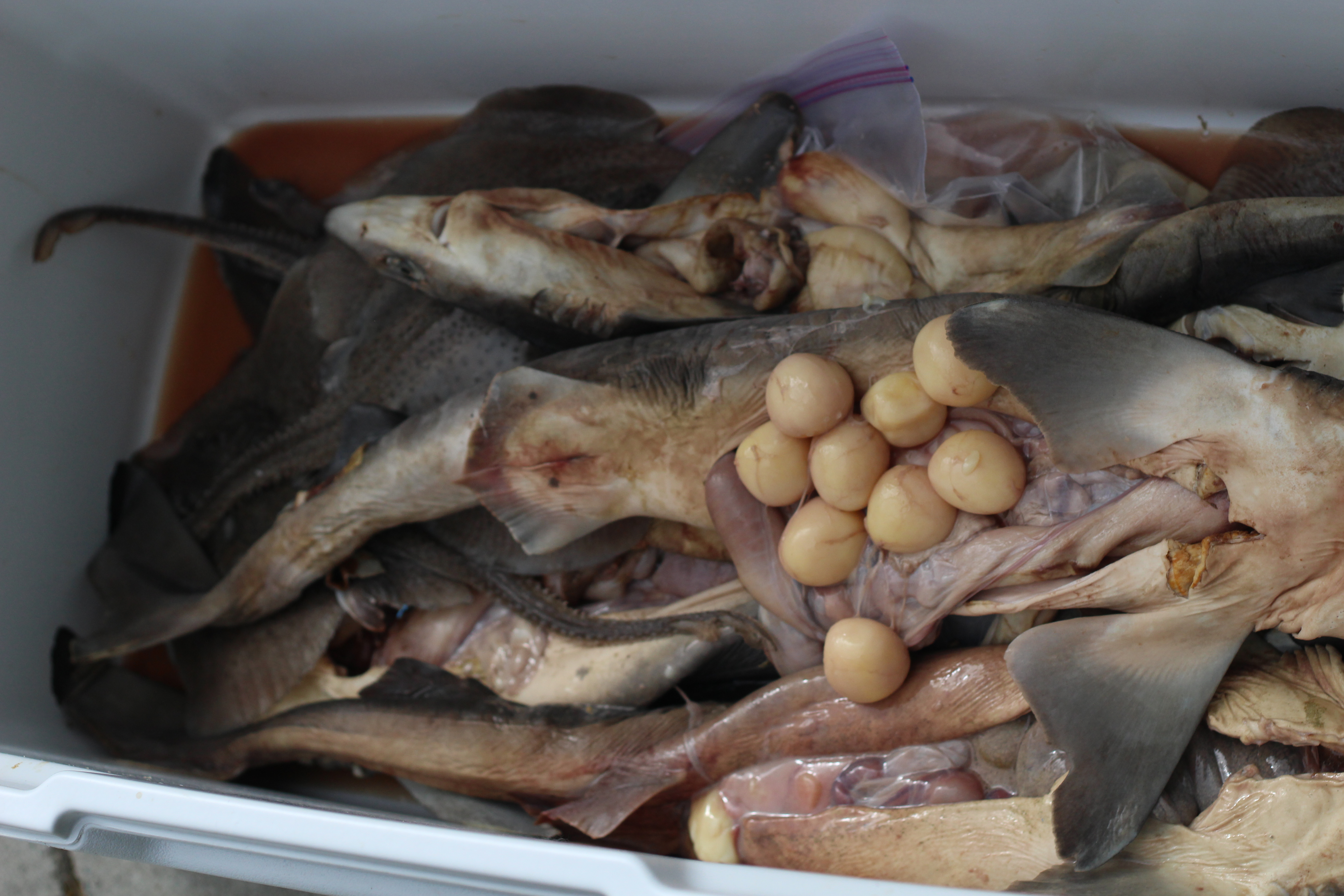
With the work stations all set up, the kids come out to find an assortment of sharks on their tables. Flora Andrews is the Youth Peer Mentor at one of the stations.
“If you guys have your gloves on, you can touch it… go for it,” Andrews said.
The students are feeling a skate and a bamboo shark.
“It feels leathery,” one of the students said.
Since a lot of the kids are from areas where they practice subsistence, the smell of a thawing shark doesn’t really get to them. They said it smells just like fish.
Andrews began to prep the dogfish for the main dissection.
“So hopefully nothing will really spill out too much,” Andrews said. “But for the most part right off the bat, you’ll see the livers on either side. You’ll see the stomach, intestines.”
The shark’s stomach is a lot like sandpaper, so Andrews has to cut it several times with the scalpel. Reactions are varied when it’s finally opened up.
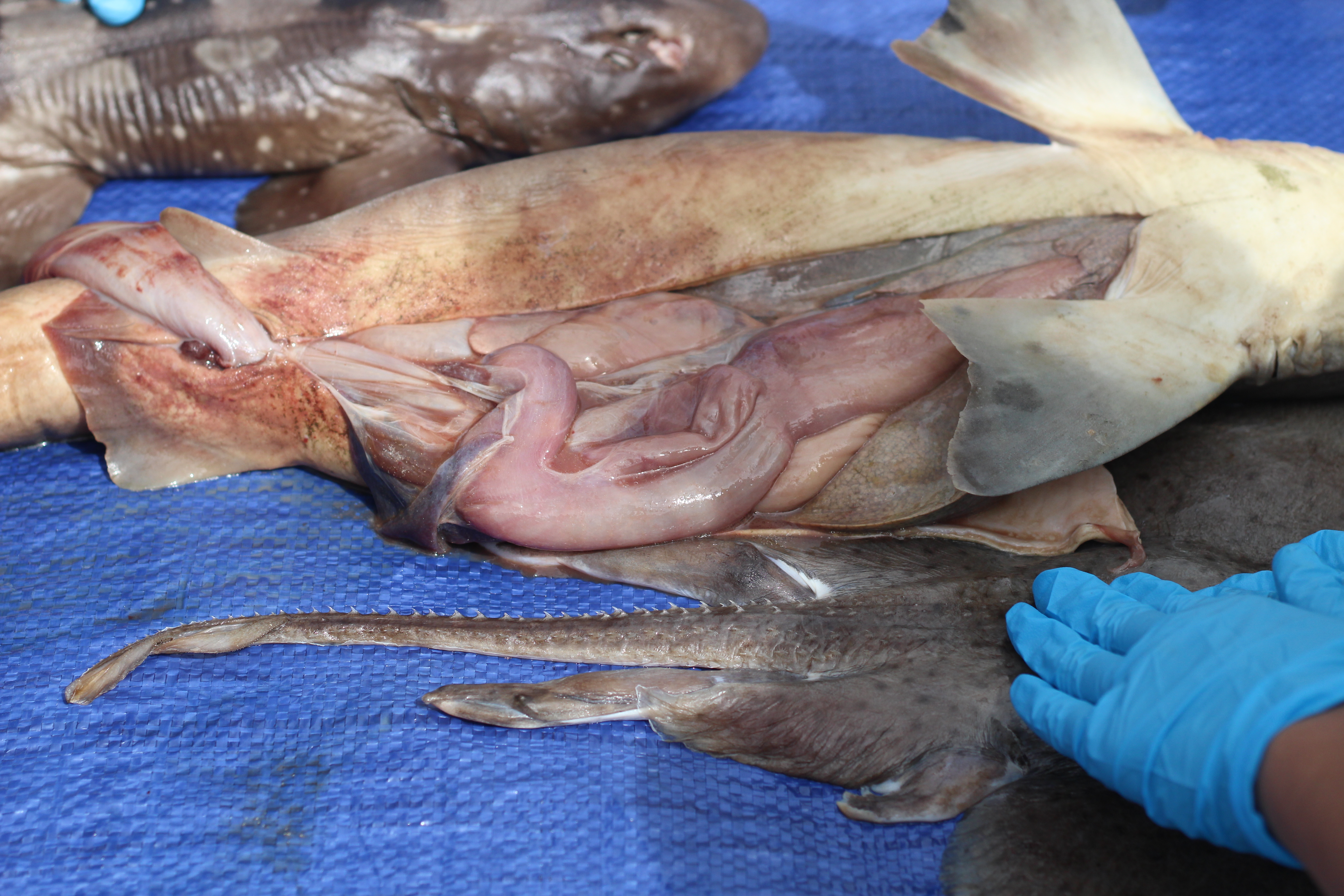
“Ew, gross!” one of the students exclaimed.
“Scrumptious,” another said.
The shark was female, and pregnant. Some of the kids are surprised by the eggs inside her — and the small shark fetuses.
“It’s so cute,” one of the girls said as she held a shark fetus in her hands.
As the kids examine the inner workings of sharks, Dr. Wilga walks around helping out.
Wilga, a Dena’ina Athabascan, said helping students understand the world where many of them live is a big part of what she does with ANSEP.
And the kids certainly seemed interested — opting to check out the teeth of a thresher shark, or investigate the shark’s “poop chambers.”
Wesley Early covers Anchorage life and city politics for Alaska Public Media. Reach him at wearly@alaskapublic.org and follow him on X at @wesley_early. Read more about Wesley here.

